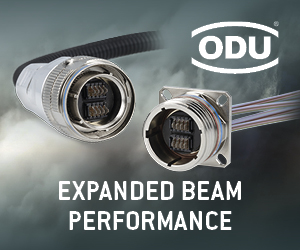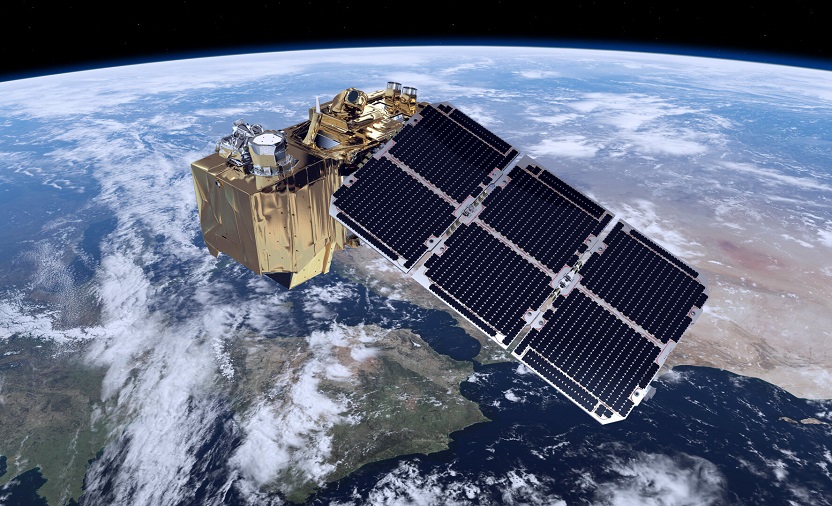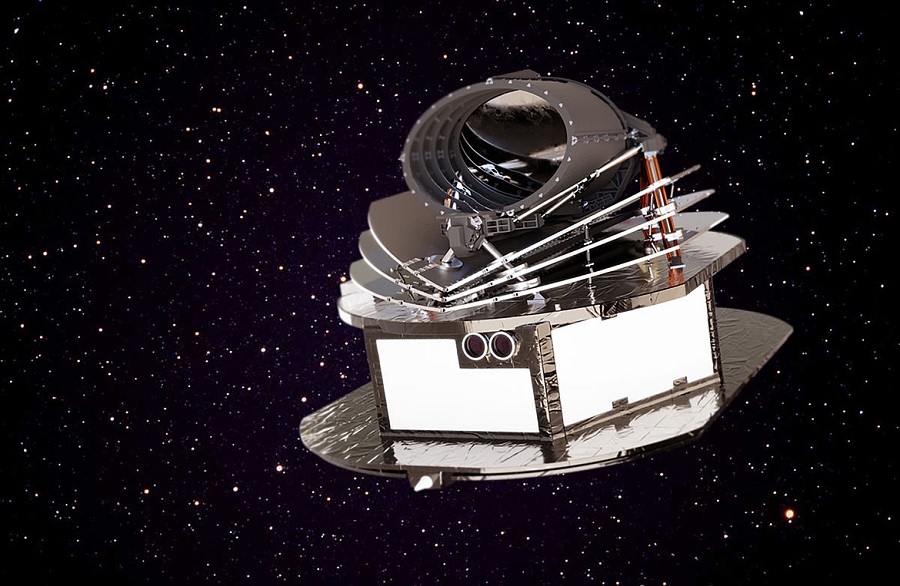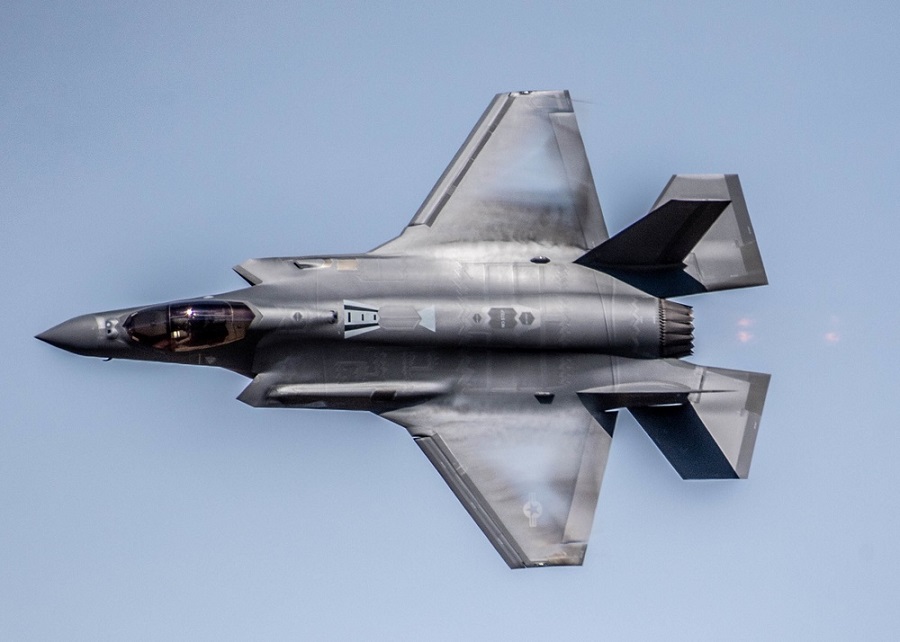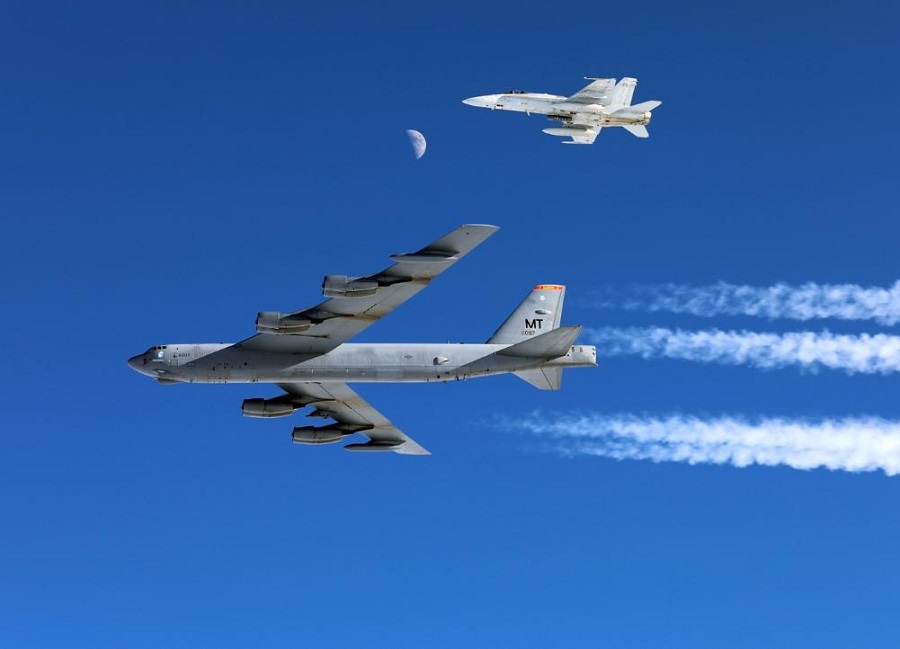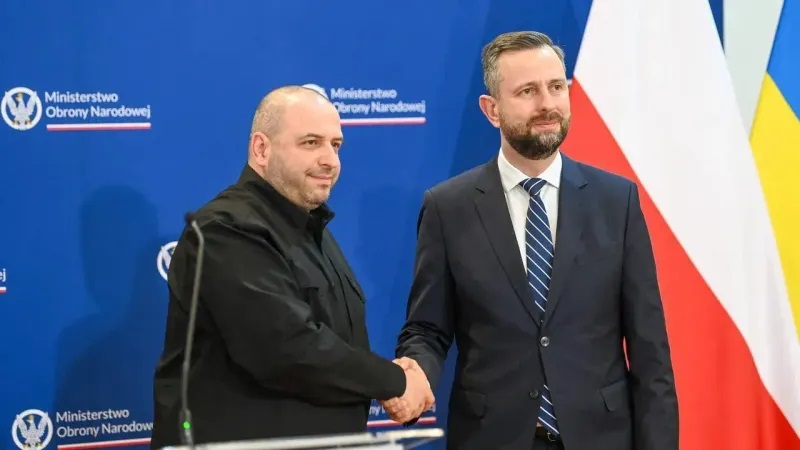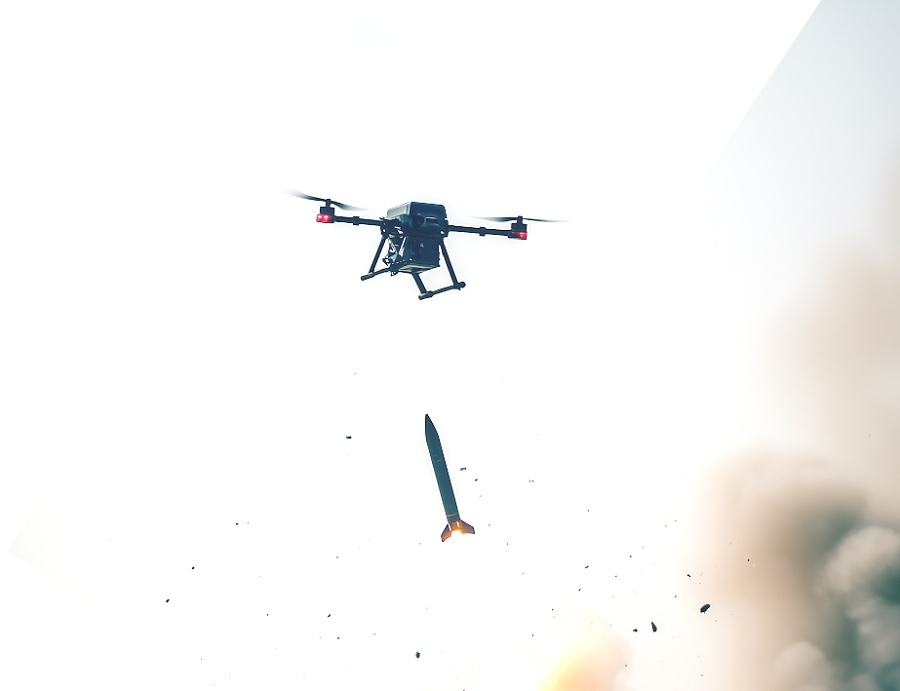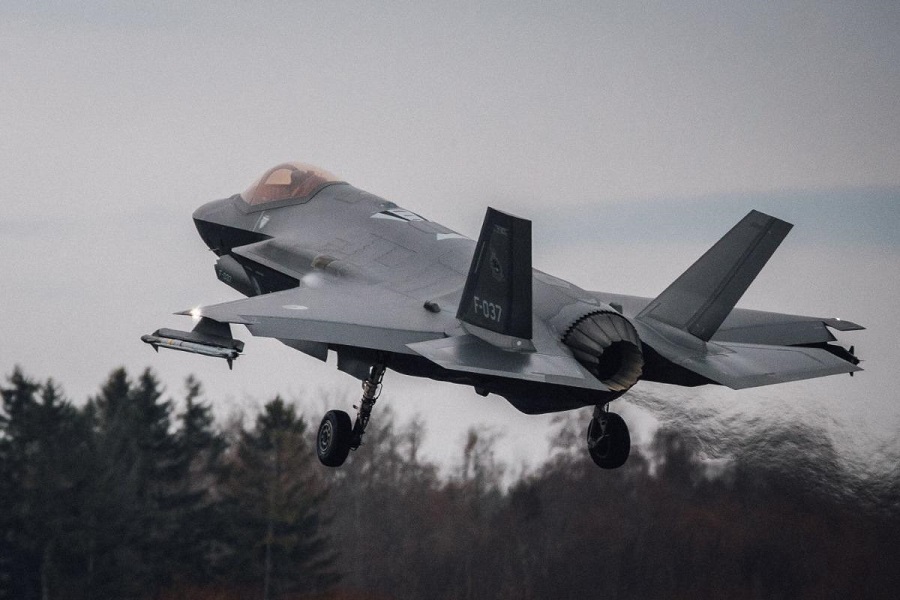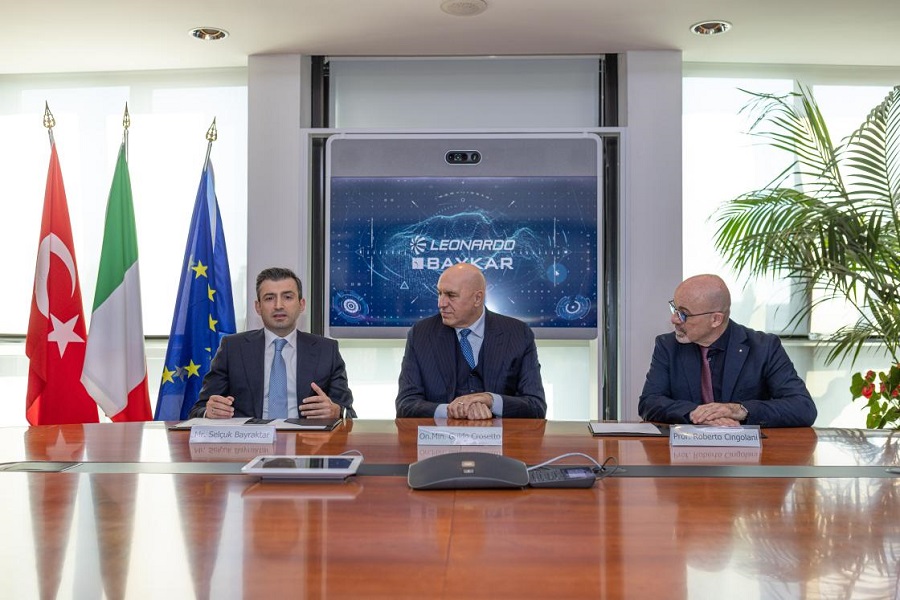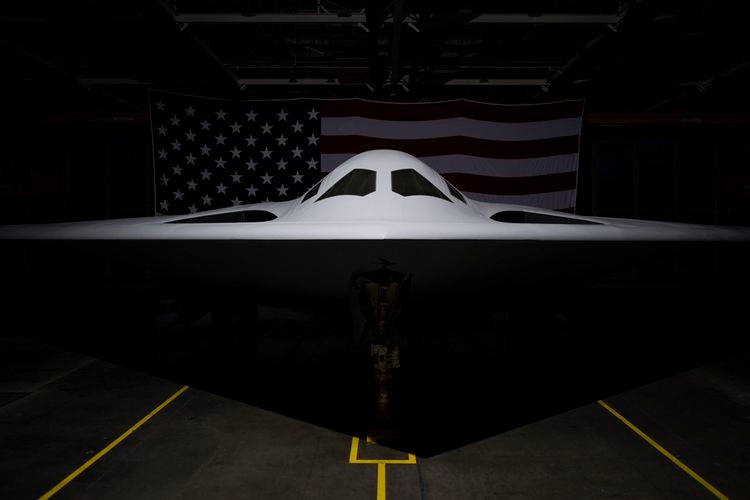The two current Sentinel-2 satellites, in orbit since 2015 and 2017, are already providing valuable services for farming and forestry as well as climate and disaster protection. Their high-resolution, multispectral images in the optical and near-infrared range between 443 and 2190 nanometres observe the condition of soils and plants. With its 13 channels, the multispectral instrument offers a resolution of up to 10 metres and a wide swath width of 290 kilometres. Sentinel-2 can take an image of an area every five days and is also able to monitor inland and coastal waters.
“We will enhance this performance significantly. With the next generation, it will be possible to revisit each site every three days with a considerably improved image resolution of up to 5 metres and an even greater spectral accuracy. This will enable farmers, for instance, to plan the cultivation of their fields even better, which will contribute to increased food security,” says Dr Stephan Holsten, Head of the Earth Observation Mission & Applications Department at OHB´s Predevelopment.
To achieve these goals, OHB and its partners will continue to develop cutting-edge technologies such as highly stable ceramics and free-form optics so that the instruments can withstand the varying temperatures and vibrations in space and deliver results with an improved precision even under harsh environmental conditions. “This will be an incredible technological leap forward in every respect and we are honoured that ESA is once again relying on our expertise and high level of skills in developing Earth observation satellites,” says Holsten.
As the prime contractor for Sentinel-2 Next Generation Phase A/B study, OHB System AG is responsible for developing the design of the mission, platform, and instrument in collaboration with the following partners: ACRI-ST, EREMS, GMV, Politecnico di Torino, SENER, SysDICE, AMOS (Consultant), CSL (Consultant), SCHUNK (Consultant).

